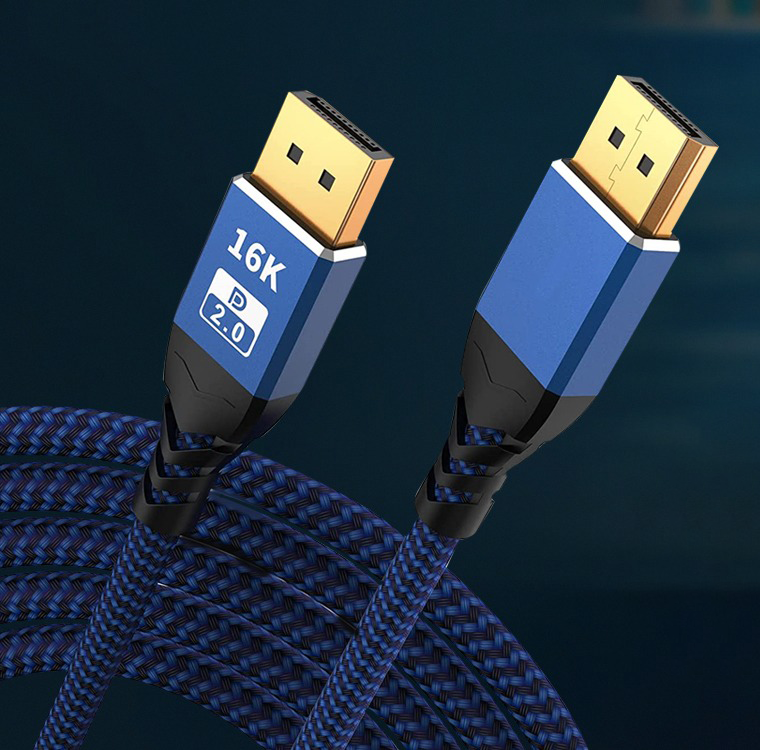When setting up a home theater, gaming rig, or office workstation, choosing the right video cable can significantly impact your display quality. Two common options you’ll encounter are HDMI and DVI—but how do they differ, and which one is right for you? Let’s break down their features, pros, cons, and ideal use cases.
What Are HDMI and DVI?
HDMI (High-Definition Multimedia Interface)
Introduced in 2002, HDMI is a digital interface designed to transmit both audio and video signals over a single cable. It has become the standard for modern devices like TVs, gaming consoles (PS5, Xbox Series X), Blu-ray players, and laptops.
DVI (Digital Visual Interface)
DVI, launched in 1999, is a digital video-only interface primarily used for connecting computers to monitors. It was developed to replace older analog standards like VGA but lacks built-in audio support.
Key Differences: HDMI vs DVI
Feature | HDMI | DVI |
Signal Type | Digital (audio + video) | Digital (video only) + analog (some versions) |
Max Resolution | Up to 10K (with HDMI 2.1) | Up to 2560×1600 (DVI-D Dual Link) |
Refresh Rate | Up to 120Hz at 4K (HDMI 2.1); 60Hz at 8K | Up to 60Hz at 1080p (Single Link); 120Hz at 1080p (Dual Link) |
Audio Support | Yes (up to 32 channels, Dolby Atmos) | No (requires separate audio cable) |
Connector Size | Compact (19 pins) | Larger (24+1 pins for Dual Link) |
Copy Protection | HDCP (prevents piracy of copyrighted content) | Limited HDCP support (older versions) |
Common Uses | TVs, gaming consoles, streaming devices | Computer monitors, older PCs |
When to Choose HDMI
- Home Theater Systems: HDMI carries both high-definition video and surround sound (e.g., Dolby Atmos) in one cable, simplifying setups with TVs, soundbars, or AV receivers.
- Gaming: Modern consoles (PS5, Xbox Series X) and graphics cards use HDMI 2.1 to support 4K at 120Hz or 8K at 60Hz, critical for smooth gameplay.
- Streaming: Devices like Roku, Apple TV, or laptops rely on HDMI for easy connection to TVs with minimal cables.
- Future-Proofing: HDMI continues to evolve (latest version: 2.1), supporting newer technologies like HDR10+ and variable refresh rate (VRR).
When to Choose DVI
- Older Monitors/PCs: If you’re using a vintage computer or monitor that only has a DVI port, this is your best bet.
- Pure Video Needs: DVI still works well for 1080p monitors (e.g., office desktops) where audio isn’t required.
- Analog Compatibility: Some DVI-I ports support analog signals (with an adapter), making them useful for connecting to older VGA monitors.
Can They Work Together?
- HDMI to DVI: Transmits video only (no audio). Useful for connecting a laptop (HDMI) to an older monitor (DVI).
- DVI to HDMI: Also video-only. Works for hooking up an old PC (DVI) to a TV (HDMI), but you’ll need a separate audio cable.







